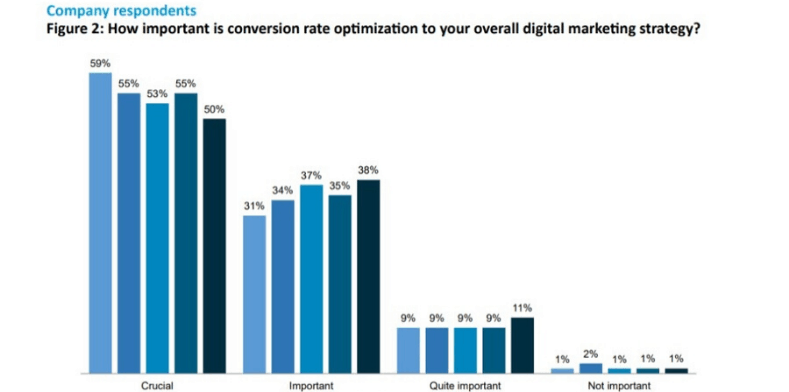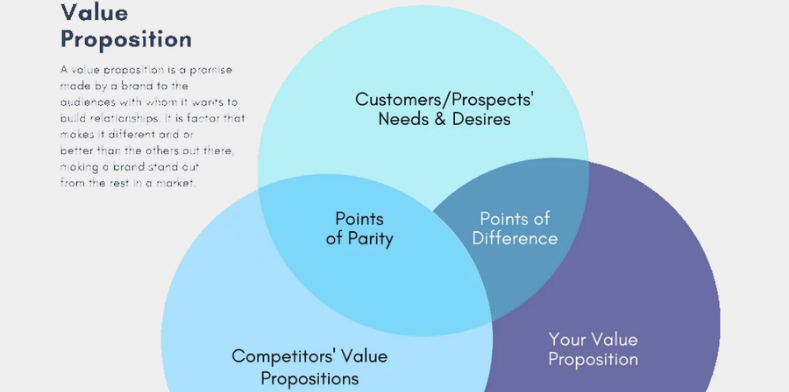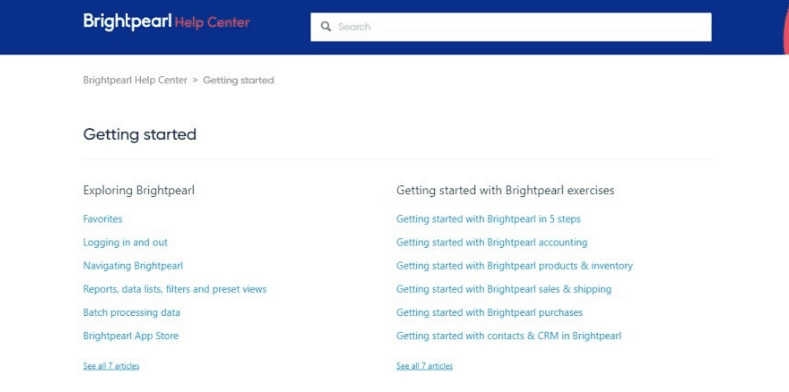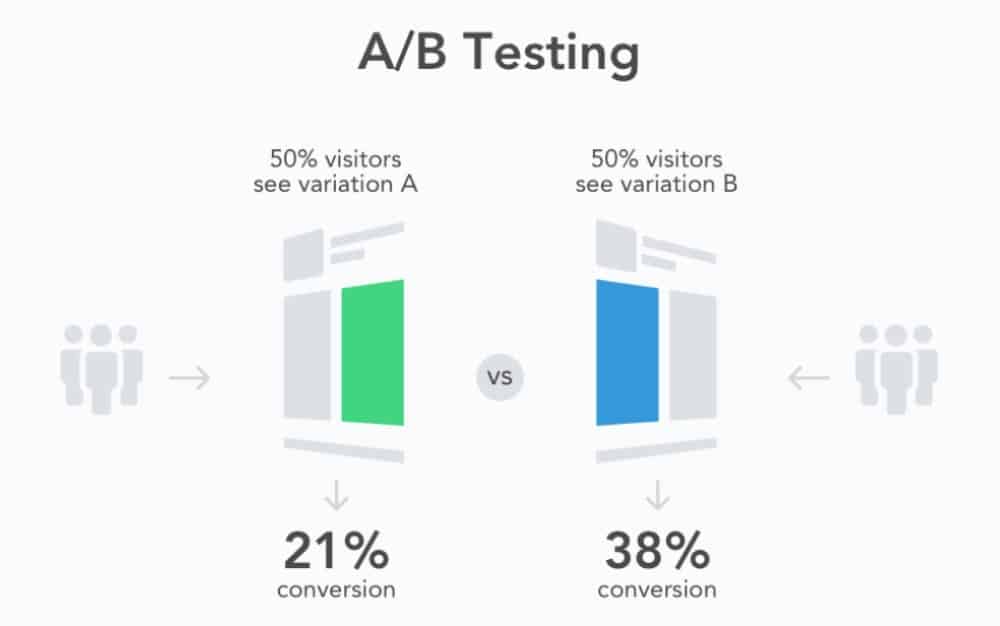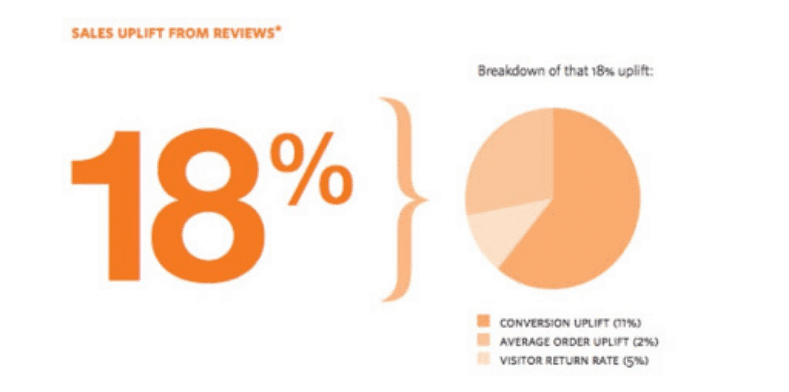Just like the England rugby team want Owen Farrell to convert a kick, business managers want their websites to deliver conversions. A conversion in the case of a website is whenever a visitor completes any action the site owner wants them to. Of course, the more conversions a site achieves, the more successful it is. There are two main ways for businesses to boost their website conversions:
- Get more traffic to the site
- Get more conversions from the traffic you already have
Now, the first of those methods often gets the most attention. You see, firms spend vast amounts of time, attention, and money on boosting traffic, and rightly so. Those efforts, though, don’t have to come at the expense of getting present traffic to convert better.
Image: Red Eye
Achieving more conversions from your site traffic is the central premise of Content Rate Optimization (CRO). The ten top tips for CRO, that you’ll find below, will help you generate more business. But first, let’s look at precisely what CRO is all about.
What is CRO & When Should You do it?
CRO is the process of making your site as efficient as possible at achieving conversions. It’s the name given to all the actions you take to persuade as many site visitors to do what you want from them. Your company and business model determine what counts as a conversion for your site. Common conversions include:
- An ecommerce sale
- Signing up to an email list
- Downloading an eBook or PDF
- A successful booking through an online booking system
- Watching a promotional video
- Filling out a contact form
Now, every page on your site should play a part in achieving conversions. And there’s no wrong time to focus on CRO. When it’s most effective, though, is when you’re struggling to get more traffic for your site. If you’ve gone as far as you can with SEO and marketing, CRO may be your best avenue for generating new business.
Ten Top Tips for CRO
You see, CRO is a broad and varied process. That means there are loads of things you can try to boost conversions on your site. So the tips below include a range of different ideas. You can use as many or as few as you like, but they’re all tried and trusted.
-
Tailor Your Site’s Language to Your Audience
As with many things, if you’re going to be successful with CRO, you need to know your audience. In this case, your audience is the site visitors you’re looking to convert. You should tailor all your site content to them. That includes tweaking the language you use throughout.
If you offer scheduling software for small business, your audience is a professional one. If you’re selling giftware, the target consumer is entirely different. How you speak to each of those audiences should also be chalk and cheese. Your tone and the formality of your language must match those who will read the content.
Such things may seem superficial but can make a genuine difference to conversions. Achieving conversions for your site is a lot like trying to win an argument. Yes, you’re looking to bring a site visitor over to your point of view. But to achieve that, you must speak in a way they understand and are more likely to respond to.
-
Focus on Your Value Proposition
This CRO tip blends seamlessly with our first. When considering the content of your site, always keep your customer value proposition in mind. Your value proposition is the benefit that you’re offering customers. It explains the value members of your target audience will get if they convert.
Image: Full
Put simply, this proposition explains why someone should give you their business. It defines what’s in it for them. For example, you might sell a high-end vacuum cleaner. Your value proposition might be that customers with asthma may see their symptoms diminish by using your superior product. You’re selling a real-life benefit, not a feature.
When optimizing your site, ensure your value proposition is clear and well communicated. What your firm offers should be immediately evident to site visitors. It should also be apparent why they need what you’re offering. These simple steps provide an excellent way to develop a strong value proposition:
- Define the primary benefits of your product or service.
- Think about the pain points shared by members of your target audience i.e. their problems.
- Connect your product’s advantages with those pain points.
- Explain why you better solve your target audience’s issues than your rivals.
- Define Customer Objections & Solve Them
When thinking about site conversions, it’s easy to get lost in technicalities. Sometimes it’s worth stripping things back to the basics. There’s an action you want visitors to your site to take. The job of your website is to persuade as many people to take that action as possible.
Those visitors who don’t take the step, have a reason not to do so. It’s vital, therefore, for you to think about those reasons. You need to put yourself in the shoes of your site visitors. Try to think about the objections they may have to getting converted into leads or customers. Once you’ve discovered and understood those objections, you can begin to overcome them.
An FAQ page or help center is an excellent way to address your site visitors’ objections. It’s literally a place where you can list the issues prospective customers may have and answer them. However, don’t only rely on such resources. Ensure that you tackle customer objections throughout your site.
- Optimize Your CTAs
The calls to action (CTAs) on your website are vital to your conversion rate. They’re the elements of your pages that directly ask visitors to take the steps you want from them. Trying different types of CTAs to find those that best suit your audience, therefore, is vital. It’s how you’ll find the alternatives that work best for your target audience.
There are several different types of CTA:
- Text-based CTAs
- Buttons
- Forms
- Pricing tables
And each type of CTA has its merits. Text-based alternatives tackle the issue of banner blindness. That’s the tendency of internet users to skim over what looks like advertising content on a page. Buttons, on the other hand, catch the eye and are more attractive to some visitors.
Furthermore, the design and positioning of your CTAs are two more things to think about. The color of buttons, length of forms, or language used can all impact the effectiveness of a CTA. What you’ll want to do is test different options to find what works for your site. Speaking of testing…
- Get Comfortable with A/B Testing
CRO isn’t something you’ll often get correct the first time. There are loads of options to explore, and sometimes the only way to find out if something works is to try it. That’s where A/B testing comes in. A/B testing is a controlled and efficient way to assess the things you do to improve your conversion rate.
Image: Split Metrics
The premise of A/B testing is simple. First, you take a page on your site and measure its conversion rate. Then, you change only one element of the page and re-assess how it converts.
As you’ve made a single alteration, any change in conversions is due to that alteration. Just like that, you’ve got a measure of how effective your change was.
From that, you’ll have realised that A/B testing takes time. You have to make changes incrementally and measure their impacts over time. It’s worth the patience and effort, though. A/B testing is how you reach peak optimization for conversions. It’s also the only way to avoid those costly missteps.
- Shoot for Intuitive Site Navigation
As well as site content, thinking about layout and navigation can also boost your CRO efforts. Some site traffic will come directly to a landing page and convert via that page.
Lots of site visitors, though, will explore your pages a little before they commit.
The more intuitive your site navigation, the easier a visitor can find their way around. That makes it less likely they’ll abandon your site in frustration. By extension, it’s more likely they’ll find their way back to a page where they can convert.
There are some places, though, where you don’t want to encourage navigation. Your landing pages are the parts of your site focused solely on conversion. And you don’t want visitors to those pages to get distracted from converting. As such, you may wish to remove navigation links. Doing so can boost conversion rates by as much as 40%.
- Find Ways to Build Trust
Trust is vital in all retail environments. You see, consumers won’t buy from a company or sign up for a service that they don’t trust. Your website will get more conversions if you convince users that you’re trustworthy.
You’ll have already made a good start on building trust by focusing on your value proposition and overcoming objections. If you do those things, it shows site visitors that you understand them and that will help them trust you. There are also elements you can add to pages to build trust further.
Image: Econsultancy
Testimonials are impactful but straightforward features to show your trustworthiness. Their effect on consumers is well documented. Multiple studies have found that customer reviews lead to higher conversion rates. As the above chart shows, too, the impact of reviews also extends to overall sales.
- Enhance Page Load Speed
Speed kills. Or rather, when it comes to website conversions, a lack of speed kills. Internet users have lots of sites from which to choose. They don’t need much of an excuse to abandon your pages and go elsewhere.
And page load speed doesn’t even have to be significantly slower to have a profound effect on conversions. A difference of one second in the time it takes for a page to be ready can decrease conversions by 7%.
So taking that kind of hit in the conversion rate can be crippling to your bottom line. It’s estimated that such a drop would cost a company the size of Amazon $1.6 billion over a year.
If you want to improve page load time, you’ll first need to assess current performance. There is a range of tools you can choose from to check this. Once you know where you stand, check out this handy guide to speeding up your pages.
- Optimize Your Site for All Devices
The way people view websites is changing. Once upon a time, the vast majority of site visitors were using PCs or laptops. In the past decade, mobiles, tablets and other devices have got far more popular. You want a high conversion rate among visitors using any and every device.
Image: Statcounter
To get that bump in conversions across the board, you’ll want to look at optimizing your site for mobile devices. There are a few simple things you can consider. You may, for instance, want to create mobile-specific versions of your pages. You’ll definitely need to extend your CRO A/B testing to both mobile and desktop devices.
-
Create & Make the Most of Quality Content
Content marketing also plays a vital role in boosting conversions. Creating and sharing quality content can help your conversion rate. Try to make sure that any blog posts or other content you share are top-notch.
Utilizing content marketing brings higher conversion rates. Providing visitors with useful and informative content convinces them of your expertise and trustworthiness. High quality blogs posts or videos, what’s more, will also impress Google. As part of your CRO exploits, you can go back to your existing content as well as creating new material.
Check out your site analytics and find blog posts that get lots of traffic but drive few conversions. You can then look at those posts and try to work out why they’re not converting. Think about if they convey your value proposition. Also, consider whether any featured CTAs are of the correct style and in the right place. Simple changes to these high-traffic posts can produce a significant bump in conversions.
A Message From Booking Live
You’ve probably worked hard to get as much traffic to your website as possible. SEO and other digital marketing aren’t cheap or easy. It makes sense, therefore, to get as much reward as possible from the traffic you have earned. That’s the whole idea behind CRO.
Fortunately, there are loads of avenues to explore to improve your CRO. Tweaking CTAs, better tailoring your language, and making other small changes can have a significant impact. Try some of our tips, test their effects, and then try something else. You may be pleasantly surprised at the results you see.


